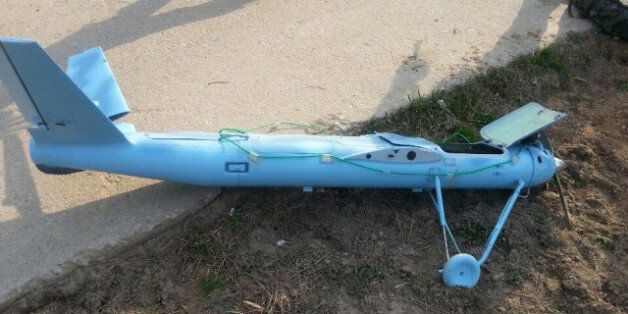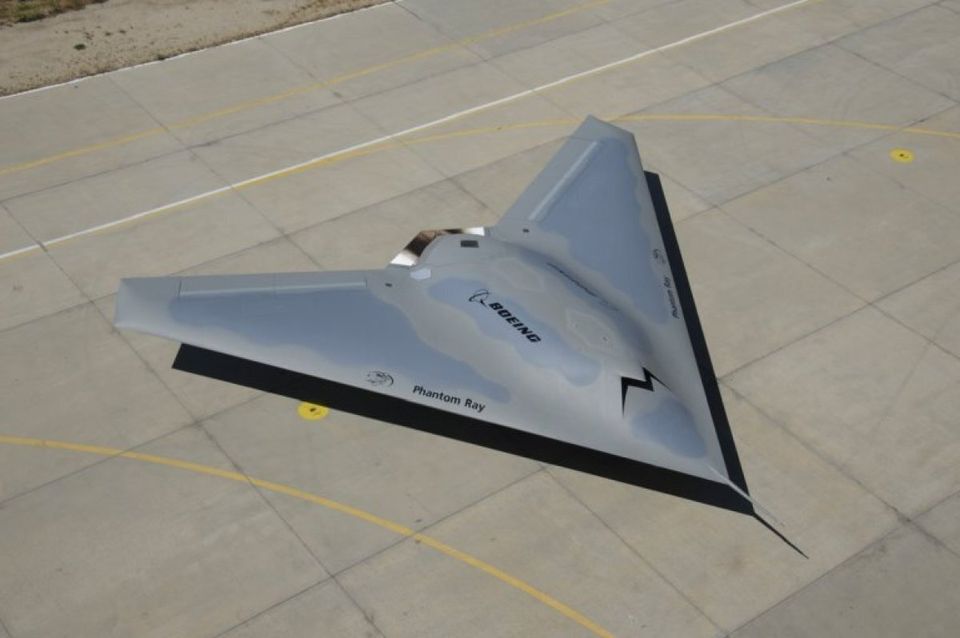
South Korea is studying what it claims is a remote controlled airplane drone from it's dictatorial neighbour in the North.
Camouflaged in a fetching sky blue, the craft crashed on Baengnyeong island during a short exchange of artillery fire on Monday.
South Korea's Unification Ministry spokesman Park Soo-jin, said: "The relevant departments of the South Korean government have confirmed that North Korea is responsible for it."

It comes a few days after a different design fell near the demilitarised zone between the two countries on 24 March.

Both were equipped with onboard cameras.
Although neither is particularly advanced and not a patch on the autonomous spying/killing machines of the west, they can still effectively perform basic surveillance duties.
It is believed that most components are off-the-shelf parts but they may also have gleaned information from a U.S.-made MQM-107 target drone they are said to have acquired.
Story continues after slideshow...
The clash last week saw artillery shells fired into each sides waters as a flare-up of animosity between the rivals spilled over.
Residents on nearby islands were forced to evacuate to shelters, South Korean officials said.
The South Korean artillery fire came after shells from a North Korean live-fire drill fell south of the Koreas' disputed western sea boundary, an official with South Korea's Joint Chiefs of Staff said.
No shells from either side were fired at any land or military installations, said the official, who provided no other details and spoke on condition of anonymity because of office rules.
The exchange of fire followed Pyongyang's earlier, unusual announcement that it would conduct live-fire drills in seven areas north of the poorly marked Yellow Sea boundary between the countries.
North Korea routinely test-fires artillery and missiles into the ocean, but it's rare for the country to disclose training plans in advance.
The announcement was seen as an expression of Pyongyang's frustration at making little progress in its recent push to win outside aid.
